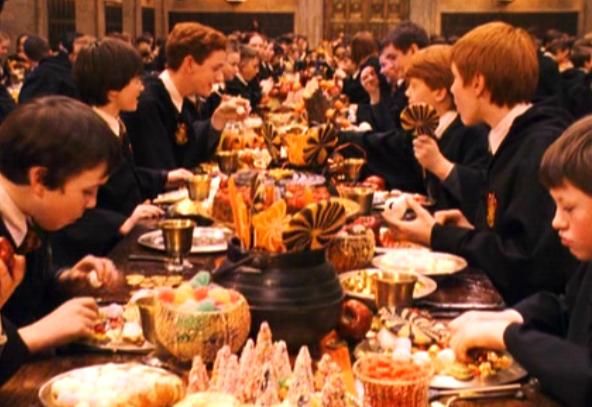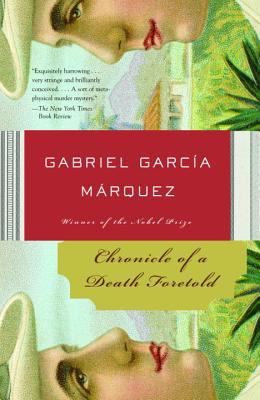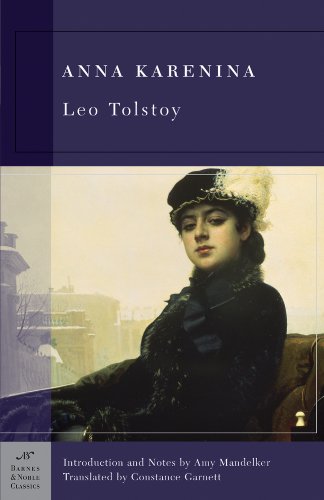An excellent psychological description is the essence of the artistic charm of Anna Karenina. The psychological description of the characters is an important part of the whole work. Anna’s choice shows human error. In order to realize the narrow personal love, she did not mind leaving her family as a slave to her own lust. Leo Tolstoy profoundly reveals the origin of Anna’s tragic fate through this magnificent work, that is, the incomplete emotional personality determines Anna’s tragic fate. Although her life exploration is aimed at realizing the spiritual self-pursuit, her life force lacks rational coordination, support and control, resulting in a tragic ending of drifting with passion.
Anna vigorously pursues the extension of perceptual life, strives to explore the original existence mode of life, and earnestly calls for the return of human nature. This behavior mode and understanding of life are understandable, but it does not mean that we should completely abandon even a little bit of rational constraints. Anna in the pursuit of spiritual freedom and practice of the liberation of human nature at the same time fell into the sensual error of indulgence. The freedom she sought to cast off the shackles of society was a selfish freedom, a freedom without scruples, a satisfaction of emotional and possessive desires.
Freedom is not a simple sense of doing whatever you want to do, but a rational sense of active life stretch. If we abandon the principle of reason and only recognize the freedom of the individual, then the freedom of the individual can easily constitute a violation of the freedom of another person, harm the interests of the surrounding groups, lead to contradictions and conflicts, and ultimately make the freedom of the individual insecure and unstable. Just as the pareto principle in economics requires, the realization of individual freedom must be restrained by rationality to ensure the freedom of the whole society is not reduced, that is, the increase of individual freedom must be presupposed by respecting the freedom of other relevant individuals.
It is only under the guidance of reason that each individual seeks his or her own freedom that he or she will be recognized by the social subject. Freedom must be combined with reason to manifest and realize, so as to form a complete concept of moral self-discipline. On the contrary, freedom without reason is at best an empirical self, not a positive extension of life. Only by constraining oneself with the power of reason, realizing the unity of sensibility and rationality, and establishing a sound ideal personality, can we achieve the true state of freedom, which is the highest state that human beings should pursue.
Moreover, Tolstoy saw that in Russia, with the development of urban civilization and material civilization, people’s natural emotions were suppressed, subjectivity gradually lost, and they became the slaves of selfish desires. In the novel, Levin is a man who loses himself in the bureaucratic strife. Through this character, the author shows his reflection on rationality and his deep worry about the alienation of human nature. In the novel, Tolstoy also created two environments, two kinds of aristocrats, through the lives of Levin and Anna. One was the city, where the Karenin, the Oblonsky, and the Vronsky aristocracy lived.
The other was the countryside, where the Levin aristocracy lived. The former is far from nature, for selfish desire to slowly lose the natural emotion of people. In the competition between human beastliness and human nature, they gradually abandon the good self for their own selfish desires. And the latter is in the natural environment, in the real work to exercise the body, purify the mind, get real happiness. Tolstoy shows his opposition to urban civilization through different aristocratic attitudes towards nature. From the cultural point of view, Anna’s tragedy should be the manifestation of Russian cultural tragedy.
Anna struggled between emotional satisfaction and religious repression, lacking a rational regulatory link, a mental defect that showed the fragmentation of Russian culture. Russia is a latecomer to capitalism. It is a millennia-long religious and authoritarian system that keeps the state running. The scientific Enlightenment, which rose slowly in Russia from the end of the 18th century to the beginning of the 19th century, was often led by the ruling class to serve the autocratic system, which resulted in a lack of real rational spirit and legal consciousness, let alone a sense of democracy.
In Russia, only a small number of intellectuals (such as Pushkin, Belinsky, Turgenev) were affected by western science, democracy and rational spirit. However, most intellectuals have a strong religious consciousness inherent in their minds (such as Tolstoy, Dostoevsky, etc., who best represent the characteristics of Russian culture). For the Russian people as a whole, their way of looking at problems and dealing with things is either instinctive desires or moral beliefs, and their instincts and beliefs are in a state of confrontation and division. Hence, Anna embodies the fractured nature of instinct and belief in Russian culture.
I was very astonished by the author’s premonition of our current society. He uses Montag as a prototype of human disconnection and the power of electronic devices on us these days. However, the only thing different between Montag and people these days is that he has between dissuaded from the importance of electronic devices but the people these days haven’t.









